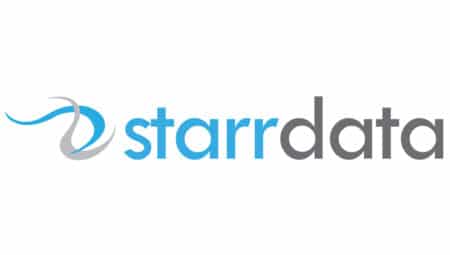Here’s a list of some of the key things we recommend be added to your check list while planning a Salesforce Chatter Implementation. Some of these we’ve borrowed from Salesforce and some are added based on our experiences.
Have a communications plan to inform your Salesforce Chatter stakeholder.
Remember that there are typically three groups of stakeholders:
1) Those that Control your Salesforce Chatter Implementation (can you say budget?)
2) Those that Impact or Influence your Salesforce Chatter Implementation
3) Those who are interested in your project.
Your communications plan should address all three groups and make sure they’re up to speed with how the project is doing.
Meet with key stakeholders
Set up a call or meeting with key Salesforce stakeholders (Controlling stakeholders) to discuss the Chatter rollout and address any questions. Make sure you’ve created clear measurable and obtainable goals for the project and that your Stakeholder share your goals.
This will ensure that the right people are on board and will help your deployment be more successful. You might even want to use Chatter to create a “Chatter Implementation” group, invite your stakeholders to join, and post links to relevant materials to the group.
Create Internal Chatter Champions
For ongoing success, it’s critical to find individual evangelists who love the technology and can act as Chatter torchbearers.
These Chatter champions will help guide the way for other users who might be confused or apprehensive about using the application. The champions can also act as experts by answering questions and showing others how to use advanced functionality in groups, accounts, or mobile devices.
Chatter champions should post updates daily to inspires others to use Chatter.
Review your Salesforce security model with Chatter in mind
Role Hierarchies, profiles, and sharing rules will all influence what one sees in Chatter. You may want to test Chatter in a Sandbox before you do your actual Salesforce Chatter Implementation.
You want to be sure that you know who will see what you post!
Plan to Distribute Desktop and Mobile Versions of Chatter
Will personnel get these apps before or after your implementation? How will they know how to get them?
Make Sure Your Web Browsers Are Supported
Internet Explorer 6 is not supported
Setup Salesforce Chatter Groups
Groups are typically organized by department, location, roles and/or responsibilities within the company.
Create your groups and determine who will be in them before rolling out Chatter. Depending on the size of your company your Chatter Champions may be helpful in figuring out what the Chatter Groups should be named and who should be in them.
Hold Webinars for your users
Webinars are a great way to highlight what your company can do with Chatter.
Include business use cases, do’s and don’ts, and examples of how other companies are using Chatter. Record your Webinar and make it available for playback on demand for anyone who misses the live event.
Activate Chatter
Turn Chatter on for your organization outside of business hours. Then send a communication to your users linking to Chatter resources and telling them where they can go for more information and help. If you created a Chatter group, invite everyone to the Chatter group so they start to understand how to use it.
Hold Q&A sessions
Set up a live call or meeting where users can ask questions and share feedback or suggestions. This is also a great forum to share additional resources and showcase great examples of how your colleagues are using Chatter.
Record the Q&A sessions and make them available to those who missed the sessions.
Highlight the ways your organization is using Chatter
Showcasing your company’s own great Chatter examples is the perfect way to educate users and build momentum and excitement. Share Chatter stories via email, departmental or company-wide meetings, or any methods of communication that are popular in your company.
[button type=”success” size=”lg” link=”https://bit.ly/1qbJbBa”]Have more Salesforce Chatter Questions?
Click Here to Download our Free Guide to
Salesforce Best Practices[/button]

